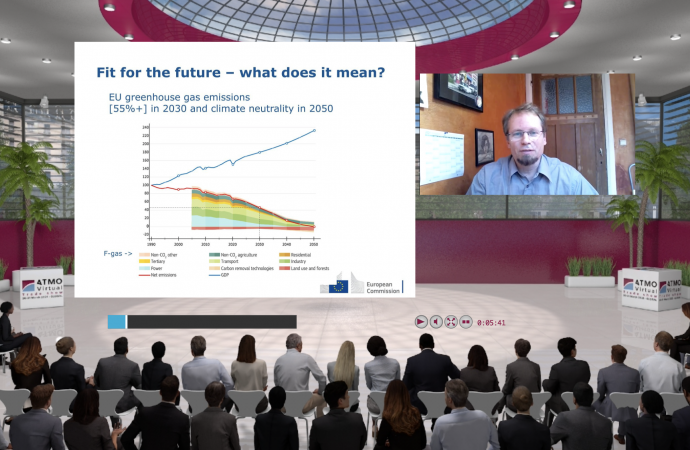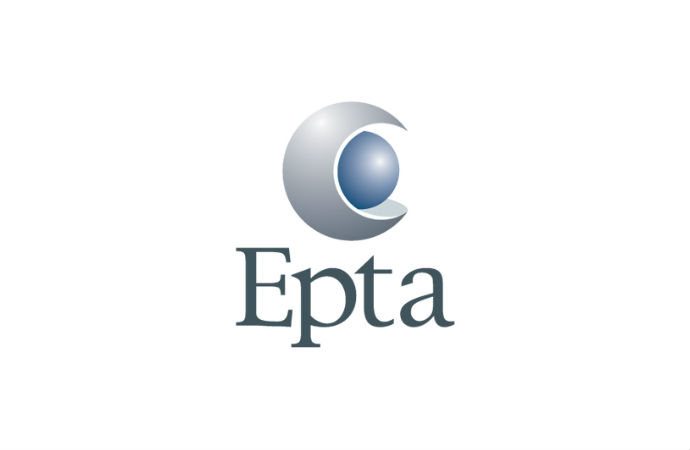The ATMOsphere Review Panel has selected the third round of CO2 case studies to be presented at ATMOsphere Europe 2017, from Advansor, Carrier, Epta, SCM Frigo and Wurm.

Five case studies from Advansor, Carrier, Epta, SCM Frigo and Wurm have been added to the line-up of the 8th ATMOsphere Europe conference, which takes place in Berlin, Germany, on 25-27 September.
Over 350 industry experts will attend the three-day conference (two half-days and one full day) to discuss the latest policy and market trends and technological innovations in the natural refrigerants world.
A session dedicated to the German market is among this year’s highlights.
The presentations are:
Advansor A/S | Transcritical CO2 challenges traditional NH3/CO2 cascade systems by Mark Kristensen
Transcritical CO2 systems are not only adventurous for commercial refrigeration installations; the same technology is now being applied in industrial projects. Meanwhile, the tendency to consider only transcritical CO2 as an alternative to chemical refrigerants in supermarkets and convenience stores is old news. In the past year(s) TC CO2 has been chosen as the better alternative to traditional NH3/CO2 cascade systems. Consultants and end users are becoming increasingly aware of these benefits; as a result more and more MW project tenders now specify TC CO2, either as the only solution or as alternative to NH3/CO2.
This case study explains the concept and configuration of a 3.5 MW TC CO2 system installed in the Netherlands. The case study addresses issues including first costs, operating costs, and service costs.
Carrier | Latest developments in multi-compressor CDUs using CO2 by Julien Pourriere & Guillaume Burvingt
One of the most exciting areas of development in CO2 as a refrigerant is in the area of small condensing units. We will present the results of the latest developments of our pioneering CO2Y product range with multi-compressors.
Epta | CO2 FTE transcritical technology performance vs. previous solutions in real store conditions by Francesco Mastrapasqua
Francesco Mastrapasqua will present the new FTE system, an advanced CO2 transcritical solution applied in real store conditions. In particular the case study will present an in-depth analysis of the energy efficiency and operational benefits of the FTE system with liquid and gas ejectors, parallel compression and mechanical sub-cooling.
Extensive data will be presented to reason for increased usage of CO2 refrigeration systems in any climatic conditions and any store format, combining costs, energy saving and reliability, a significant contribution to make the natural refrigerant CO2 the new technological standard everywhere.
SCM Frigo | TC CO2 unit in South Africa with parallel compression, vapour ejector and hot gas defrost system
The case study will be presented in the Industrial Refrigeration Panel. The case study explains the performance of a transcritical CO2 unit installed in a warm climate (South Africa) with parallel compression technology, vapour ejector and hot gas defrost system.
Wurm | Performance comparison of modern CO₂ installations in operation by Dr. Lukas Patryarcha
International awareness with regard to the handling of environmentally harmful substances has been increasing in recent years. Due to legal requirements resulting from this, applied technologies in the field of HVAC&R have increasingly been substituted by applications with natural refrigerants. Considering the mandatory continuous reduction of emissions that are harmful to the environment, this development will probably continue in the coming years.
As a technology change across the market has already been taking place for a number of years, it makes sense to compare the energy efficiency of existing plants that run on traditional refrigerants with that of new plants that use natural refrigerants. Against this background, we will compare various R134a plants with several R744 plants with regard to their energy efficiency, fault statistics and plant performance, all based on measurements. The use of different plant concepts and technologies, e.g. heat recovery, ejectors and parallel compression, will be considered.
To join the conversation, register today or click here for more information. We look forward to welcoming you!
Related stories





